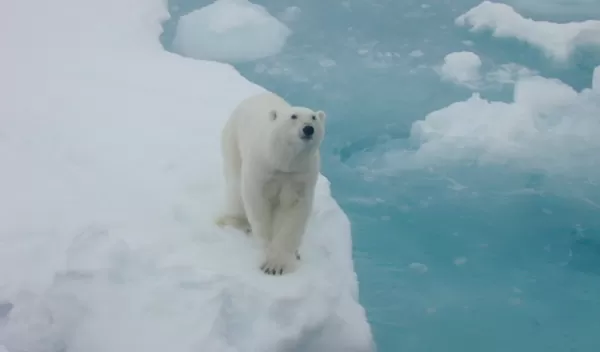
Human-wildlife conflicts increasing worldwide with climate change
Research on the impacts of climate change often considers its effects on people separately from impacts on ecosystems. But a new study is showing just how intertwined we are with our environment by linking our warming world to a global rise in conflicts between humans and wildlife.
The research, led by scientists at the University of Washington and published in Nature Climate Change, reveals that a warming world is increasing human-wildlife conflicts. Co-authors of the paper include Leigh West, a U.S. National Science Foundation Graduate Research Fellow.
"We found evidence of conflicts between people and wildlife exacerbated by climate change on six continents, in five oceans, in terrestrial systems, in marine systems, in freshwater systems — involving mammals, reptiles, birds, fish and even invertebrates," said lead author Briana Abrahms. "Although each case has its own causes and effects, climate-driven conflicts are ubiquitous."
To identify trends, the team pored over published, peer-reviewed incidents of human-wildlife conflicts and identified cases that were linked specifically to the effects of climate change. These include short-term climate events — such as droughts — and longer-term changes. Warming in the Arctic, for example, is leading to loss of sea ice, which has left polar bears short of food.
The new study shows that climate shifts can drive conflicts by altering animal habitats — like sea ice for polar bears — as well as the timing of events, wildlife behaviors and resource availability. It also shows that people are changing their behaviors and locations in response to climate change in ways that increase conflicts.
But it doesn't have to be all bad news, the scientists said.
"A major motivation in studying the link between climate change and human-wildlife conflict is finding solutions," said Abrahms. "As we learn about specific incidents, we can identify patterns and trends — and come up with interventions to address or lessen these conflicts."
